This article is part of the Audio Description series by Fred Brack, Webmaster for the Audio Description Project, discussing audio description, a narration service for individuals who are blind or have visual impairment.
A specially trained individual known as an audio describer provides an ongoing dialogue of visual events that are taking place on the stage, screen, television, or at other events. Audio description is commentary and narration that guides the listener through the presentation with concise, objective descriptions of scenes, settings, costumes, body language, and "sight gags," all slipped in between portions of dialogue or song.
For example, in movie theaters and at live performances, a patron using this service wears an earpiece to hear the remote describer explain the visual events taking place, while at the same time hearing onstage or on-screen dialogue, providing a more robust experience while enjoying the show. For television and videos, the audio description is provided by listening to an alternate sound track.
The audio describer is the person who writes a script for a program such as a television series or a movie, or he or she may be the person who “ad libs” the audio description for a live theatre performance (though some "live" audio describers will do extensive preparation and script their descriptions). In the first case, professional organizations are employed to have someone review the film or television show and carefully script the description that will later be read by a professional voice-over artist and recorded for the studio that has produced the work.
For live theater, the description could be provided by a professional but is often provided by an amateur audio describer who has been specially trained to do audio description on a part-time basis. That person previews the show several times to get familiar with it, then delivers the description between the spoken lines in the show. This is how a vision-impaired audience user can appreciate the visual aspects of the performance. Often a second describer prepares a script which is read ahead of the show to familiarize the patron with the stage layout, scene changes, costumes, etc.
This is the first blog in a series detailing how you can access audio description for the following: live theatre shows, movies, DVDs or Blu-ray discs, online streaming services, and television shows.
Please note: there is never any charge to the consumer to take advantage of audio description. Organizations usually need to pay professional or amateur describers to create and voice the description, but no one can charge you to listen to the description or to borrow a headset.
You are welcome to print, post and redistribute this document. This article is updated periodically.
This is version 5, dated January 2019.




